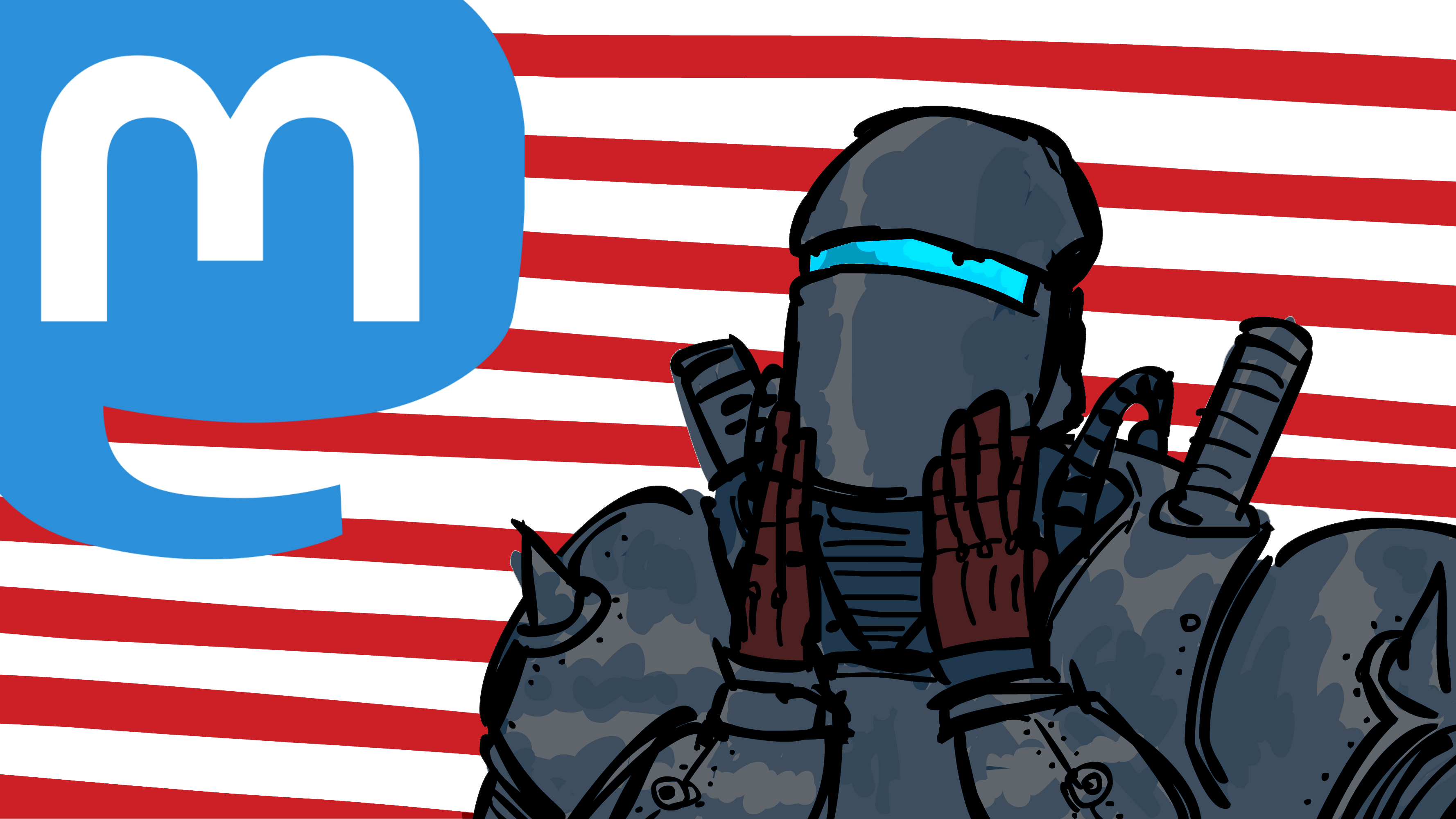
What would it feel like to be in a plane crash with wings and horizontal stabilizer separated before impact
As the plane’s wings and horizontal stabilizer separate, you would experience a sudden and intense disorientation. The loss of lift and control surfaces would create a chaotic environment, making it difficult to comprehend the situation.
Weightless Feeling Before impact, you would feel weightless, as if you’re floating in mid-air. The plane’s deceleration would be rapid, but the separation of the wings and horizontal stabilizer would create a peculiar sensation, akin to being in a zero-gravity environment. Everything inside the plane, including you, would be suspended in mid-air, with no clear sense of up or down.
Tumbling and Rotation As the plane continues to plummet, you would experience intense tumbling and rotation. The aircraft’s uncontrolled motion would cause you to spin and flip, making it challenging to maintain your orientation. This sensation would be similar to being in a washing machine on high speed, with no way to control your movements.
Pressure and Noise The air rushing past the plane’s broken surfaces would generate an earsplitting roar, accompanied by intense pressure changes. The sound would be deafening, and the pressure fluctuations would make it difficult to breathe and maintain your equilibrium.
Impact and Unconsciousness Before the plane hits the ground, you would likely lose consciousness due to the extreme forces and deceleration. The impact itself would be catastrophic, with the plane’s broken structure and contents causing massive destruction.
In Summary Being in a plane crash with wings and horizontal stabilizer separated before impact would be an extremely disorienting and terrifying experience. You would feel weightless, experience intense tumbling and rotation, and be subjected to extreme pressure and noise changes. The combination of these factors would likely render you unconscious before the plane hits the ground.
If we were to assume that the Matrix is an allegory for real life, where humans are controlled by aliens, several implications arise:
Simulation of Reality: The aliens, as the “machines” in the Matrix, would be simulating our reality, creating a fabricated world to keep humanity under their control. This would mean that our experiences, memories, and perceptions are all part of this simulated reality.
Illusion of Free Will: Humans would be trapped in this simulated world, with the illusion of free will. Our choices and actions would be predetermined by the aliens, who would be manipulating the simulation to maintain control.
Mass Hypnosis: The aliens’ control would involve a form of mass hypnosis, keeping humans unaware of their true circumstances. This would be achieved through subtle manipulation of our perceptions, emotions, and thoughts.
Limited Awareness: Humans would likely have limited awareness of the simulated reality, with only a few individuals (the “awakened” or " rebels" in the Matrix) discovering the truth and attempting to resist the alien control.
Control of Technology: The aliens would likely have developed advanced technology to maintain their control, including surveillance, communication, and manipulation tools. This technology would be integrated into our daily lives, making it difficult to distinguish from our natural reality.
Psychological Impact: The knowledge of being controlled by aliens would have profound psychological effects on humanity. It could lead to feelings of powerlessness, despair, and hopelessness, as well as a sense of being trapped in a never-ending nightmare.
Resistance and Rebellion: In response to this control, humanity might develop a resistance movement, with individuals and groups seeking to overthrow the alien oppressors and reclaim their autonomy. This could lead to a prolonged struggle for freedom and self-determination.
In this scenario, our reality would be a complex web of illusion, manipulation, and control, with the aliens pulling the strings from behind the scenes. The Matrix allegory would serve as a cautionary tale, highlighting the dangers of unchecked power and the importance of individual autonomy and critical thinking.
What are lower levels of vibratory consciousness
Based on the search results, lower levels of vibratory consciousness are associated with negative emotions and thought patterns, which vibrate at a lower frequency. These levels include:
Shame: a painful and debilitating state characterized by self-blame and self-loathing
Guilt: a feeling of regret and remorse for past actions or decisions
Hate: intense anger and hostility towards oneself or others
Apathy: a lack of emotional response or interest, often accompanied by feelings of numbness or detachment
Grief: intense sadness and sorrow, often resulting from loss or trauma
Fear: anxiety and apprehension about the future or unknown outcomes
Desire: intense longing or craving for something, often driven by egoistic or materialistic motivations
Anger: intense emotional response to perceived injustices or frustrations
Pride: excessive self-importance and arrogance, often accompanied by a sense of superiority over others
These lower levels of vibratory consciousness are characterized by a focus on the ego, separation, and duality, and are often accompanied by feelings of pain, suffering, and disconnection. They are considered “lower” because they are farther away from the higher states of consciousness, which are associated with love, compassion, acceptance, and unity.
